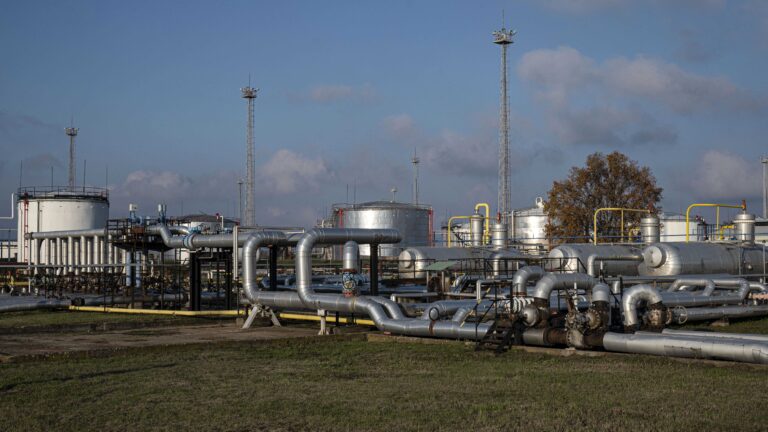Hungary’s economy in the third quarter expanded by 0.9 per cent compared with the previous quarter, adjusted data show, and contracted by 0.4 per cent year on year, based on unadjusted data, the Central Statistical Office (KSH) said on Tuesday.
Seasonally and calendar-adjusted data show the economy decreased by an annual 0.3 per cent. In the Q1–Q3 period, GDP contracted by 1.2 per cent year on year.
Economic Development Minister Márton Nagy commented on the data released by KSH stating that restoring economic growth was ‘the next big task’ of the government after having curbed inflation. The ministry statement said that the economy began growing again in the third quarter, with Hungarian growth outperforming most other EU member states.
The minister reiterated that the war in Ukraine and the associated sanctions, as well as ‘profiteering by multinationals’, had battered the economy, businesses and families. Although quarterly growth was positive, the economy contracted on an annual basis, he noted, adding that the government still had work to do. Nagy referred to state-backed targeted loans under various schemes worth the equivalent of up to 1.5 per cent of GDP, as well as the Factory Rescue scheme which subsidizes energy-intensive businesses and frees companies from unfavourable energy contracts as having helped Hungarian economic players, among other measures.
He said a pick-up in consumer demand was expected and this would contribute to further growth.
Real wages were likely to grow again from September, with a 4–5 per cent increase next year, the minister said in his statement. Talks on next year’s minimum wage between employers and employees will continue this week, with possible increases agreed on as early as this December, he noted.
One obstacle to growth recovery, he remarked, was high interest rates on the back of the central bank’s base rate exceeding inflation. This put a drag on consumption and deterred entrepreneurs from investing and developing, thus damaging competitiveness and growth.
The Economic Development Ministry, Nagy highlighted, has drafted a 10-point proposal in order to further increase employment and the GDP and further strengthen competitiveness, with a goal for manufacturing to account for 30 percent of GDP by 2030 and the logistics sector to make up 10 per cent. By that time, Hungary will have reached 90 per cent of the EU level of development, the minister concluded.
Related articles:
Sources: Hungarian Conservative/MTI








